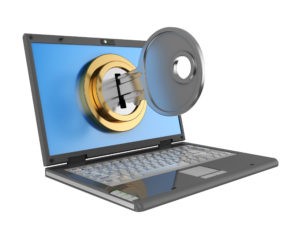How to Automatically Launch Websites at Startup in Chrome
How to auto-launch websites on Chrome. Auto-launching applications saves lots of time. You can set your computer to open Chrome and launch any website you want at startup so you…
Read MoreCommunity Clinic Implements GateKeeper Enterprise Technology to Secure Access to Electronic Medical Records
Faster EHR Access Control for Community Clinic COLLEGE PARK, MD. (PRWEB) JULY 06, 2021 GateKeeper Proximity, a patented login solution, announced today that Dr. Barney Truong’s Community Clinic, a Calgary-based healthcare…
Read MoreWhat’s my computer’s domain name?
Look up your Computer’s Domain Name on Windows 10 PC. Windows 10: To find the Domain name for your Windows 10 PC, please follow the directions below. Click on the Start Menu.…
Read MoreImproving Patient Care by Reducing IT Burdens on Physicians
The words condemning the inefficiencies and excessive administrative tasks of the current electronic health record (EHR) system came directly from the American College of Physicians (ACP). They called it “inefficient,…
Read MoreWhat is Proximity Authentication?
Proximity authentication explained. Proximity authentication is the process of authenticating users of a system via their presence (proximity) using either a proximity token or smartphone. If the user is in…
Read MorePreventing Password Fatigue & Stress
Stress alert! The biggest password problem might be the fatigue and stress. Password stress happens when users must memorize and type a large number of passwords on a consistent basis. Nobody…
Read MoreBluetooth Proximity Lock for Workstations
Bluetooth proximity lock for computers allows you to lock and unlock computers with a Bluetooth signal (Bluetooth token or phone). Some Bluetooth PC lock models use active Bluetooth connections. Some…
Read MoreSecurity Key – Multi Factor Authentication
Security Key for Multi-Factor Authentication explained. Hardware-based MFA keys provide an additional layer of security to your computers, website accounts, and desktop application accounts. Security key-based login is an authentication…
Read MoreAuthentication Methods
What is an Authentication Method? Authentication is a security mechanism that requires predetermined evidence (factor) before being granted authorization to a system. 2FA is consists of two different required authentication…
Read More








